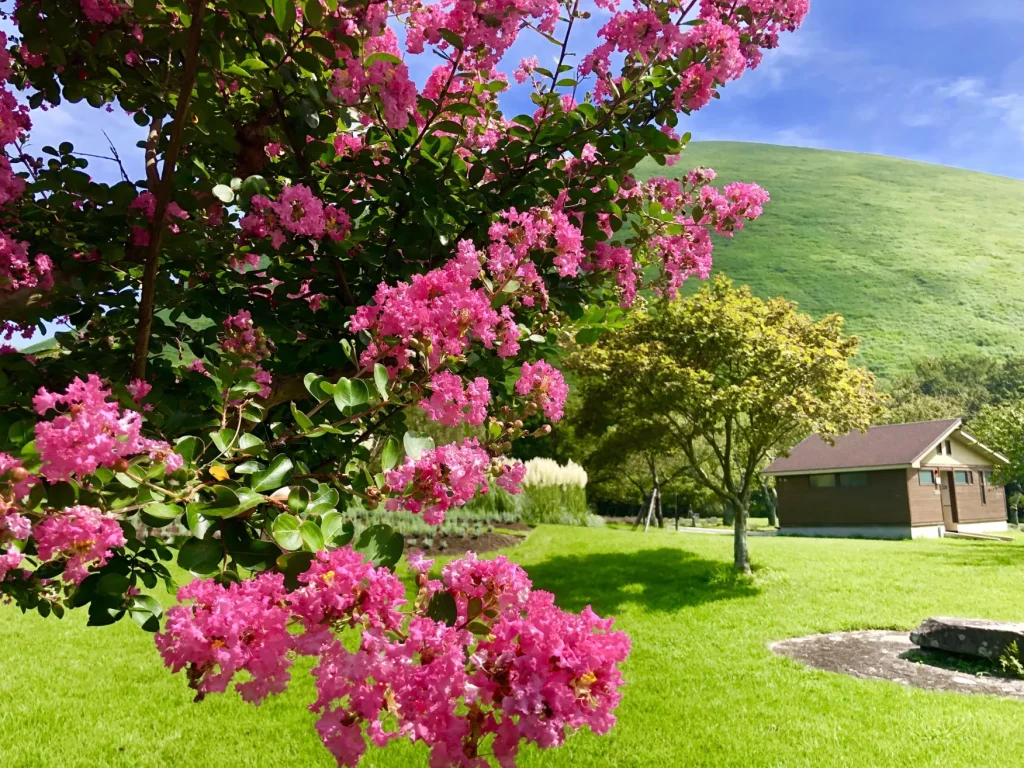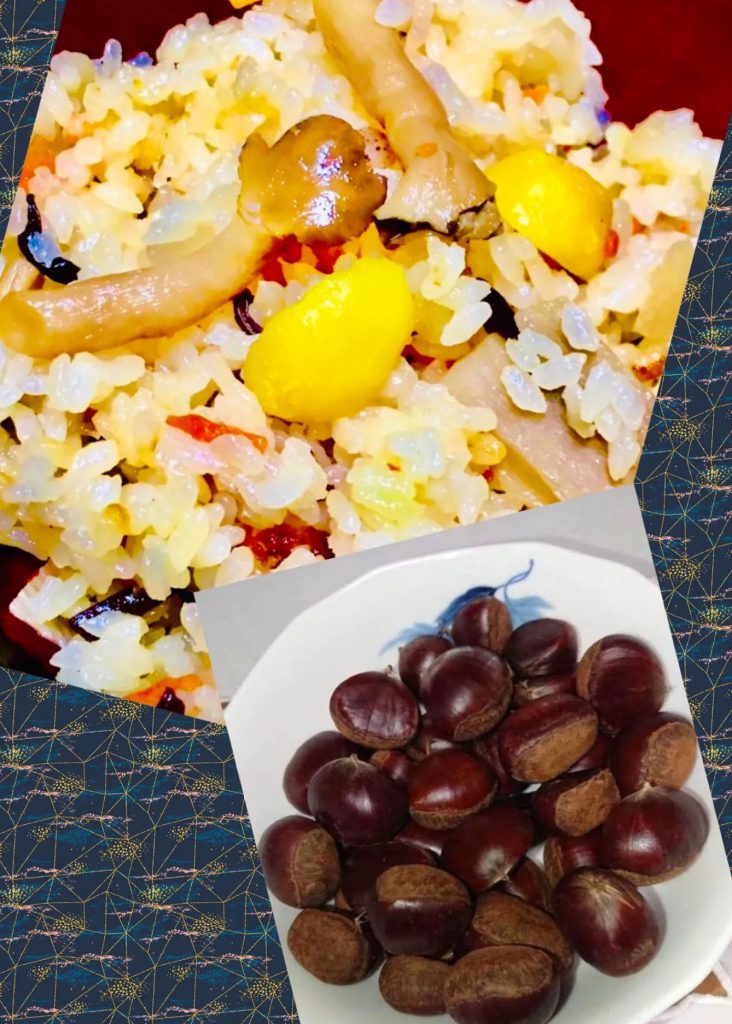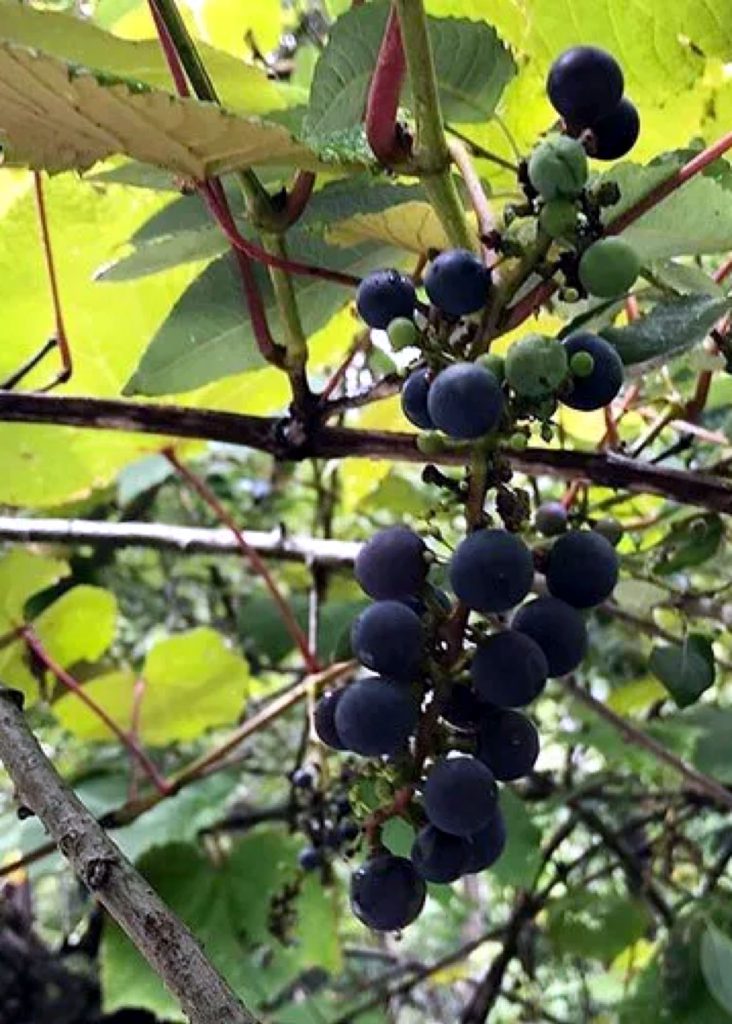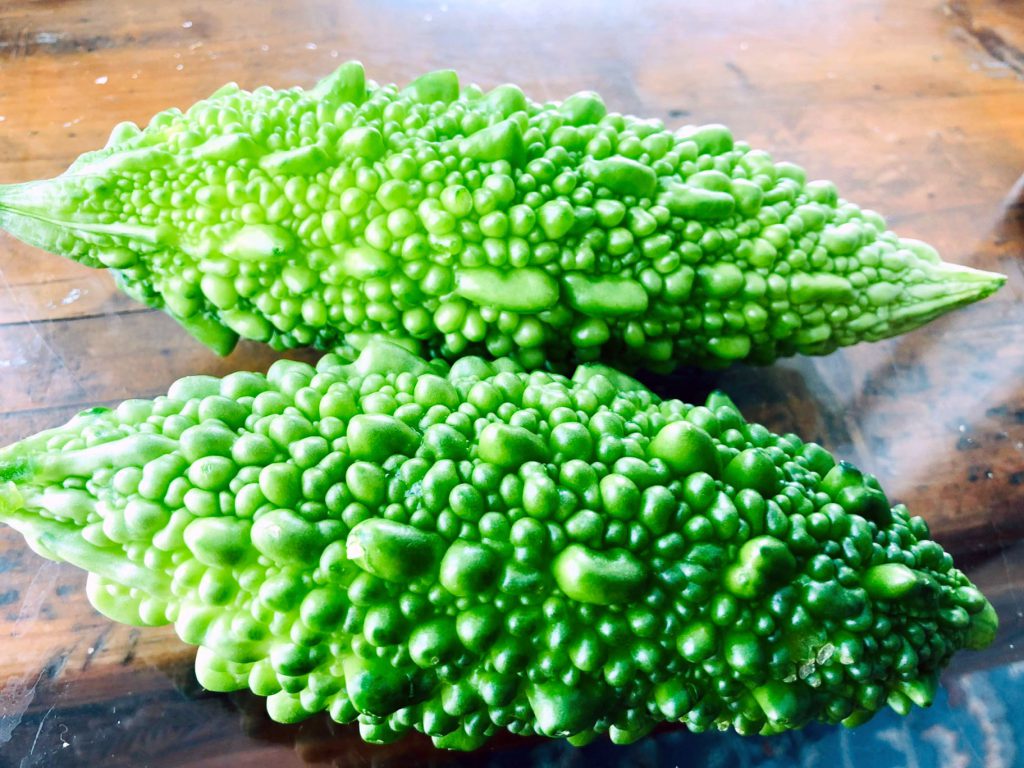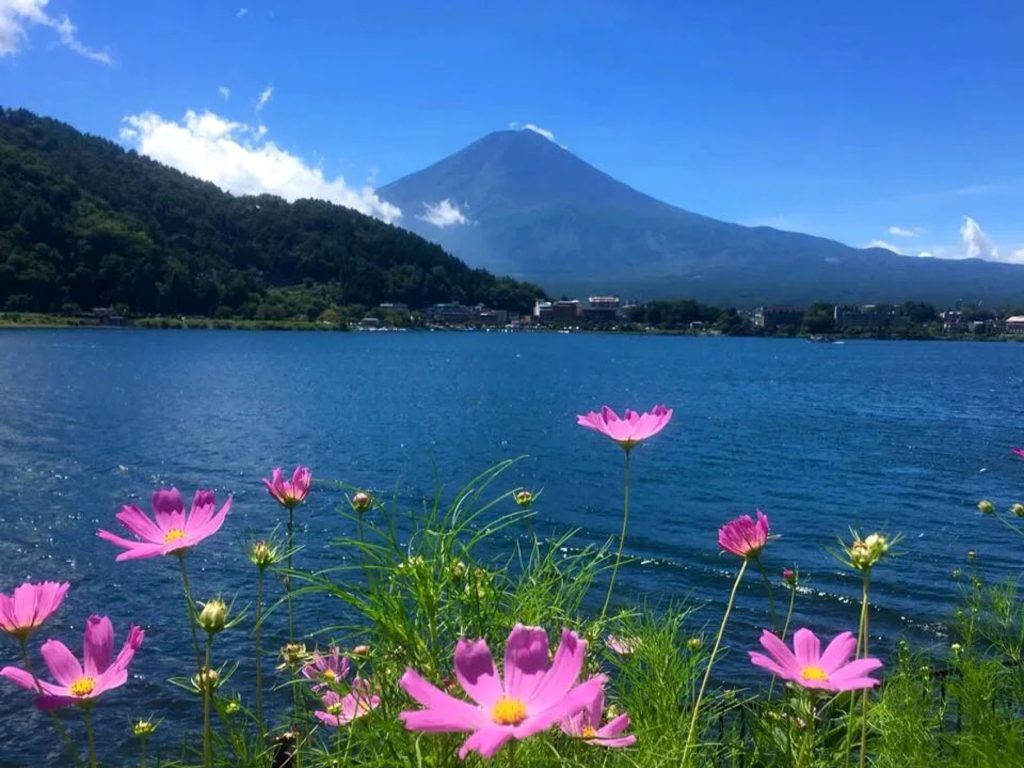
Today is the Mid-Autumn Moon. According to the lunar calendar, July, August, and September are autumn, and August 15 is the day in the middle of the autumn. This day is full moon and the fifteenth day of the month. Therefore, this day is called Mid-Autumn Moon. There is also the another Mid-Autumn Moon, but the months of July, August, and September are also called early autumn, mid-autumn, and late autumn, and the day of the mid-autumn. that is, the full moon on August 15th, is also called the another Mid-Autumn Moon. If you shift the lunar calendar back by about one month, it will be a month of the solar calendar, and August 15th of the lunar calendar will be September 15th of the new calendar, and the full moon around here will be the Mid-Autumn Moon. In November 1872 (Meiji 5), the lunar calendar (specifically, the lunisolar calendar) that had been used in Japan until then was changed to the solar calendar, which was the mainstream in the world. Many of the traditional events in Japan have been inherited from the lunar calendar era, and even now, 150 years after the change to the solar calendar, there is still some confusion.
今日は中秋の名月です。旧暦(太陰暦)では7月、8月、9月が秋で、その真ん中の日が8月15日です。この日は満月で十五夜の日です。ですから、この日を中秋の名月と呼びます。仲秋の名月という言い方もありますが、7月、8月、9月をそれぞれ、初秋、仲秋、晩秋とも言い、仲秋の真ん中の日、つまり8月15日の十五夜を仲秋の名月とも呼ぶわけです。旧暦をおよそ1か月、後にずらせば太陽暦の月になり、旧暦の8月15日は新暦の9月15日になり、この辺りの十五夜が中秋の名月ということになります。明治5(1872)年11月、日本でそれまで使用されていた太陰暦(詳しくは太陰太陽暦)を、世界で主流となっていた太陽暦に変更しました。日本の伝統行事は大体旧暦の時代から引き継いだものが多いで、太陽暦に変わってから150年も経った今も混乱しているところがあります。

